Artist: Eric Clapton Album: Behind the Sun
Year: 1985Duration: 0:0-1
A Deep Dive into Eric Clapton's Behind the Sun Album: A Critical Review
If you're a fan of rock, blues, or guitar virtuosos, chances are you know who Eric Clapton is. A legendary artist in his own right, Clapton's influence on music spans decades. Today we'll be diving deep into his sixth studio album, 1985's Behind the Sun. This album marked a significant shift in Clapton's sound, and it's garnered a mixed response in the years since its release.
Let's start by looking at Clapton's history leading up to this album. Starting his career in the '60s with bands like the Yardbirds and Cream, Clapton quickly gained a reputation as one of the best guitarists in the business. His solo career had some hits and misses, but by the ’80s, he was a major icon in the music industry. Amidst this success, Clapton began experimenting with new sounds, collaborating with Robert Cray, Phil Collins, and others.
Behind the Sun was a notable departure from Clapton's signature blues-rock sound. Instead, it leans on a more commercial pop-rock sound. The album's production value is top-notch, thanks in part to producer Phil Collins. Collins brings his drumming skills to several tracks, including the hit single Forever Man. Electronic drums and synthesizers give the album a more modern sound, which can be both a positive and negative for listeners.
While not as critically acclaimed as some of Clapton's earlier work, Behind the Sun has some standout tracks that make it worth listening to. Forever Man is the most recognizable hit from the album and still holds up today. She's Waiting has a catchy chorus and guitar work one expects from Clapton, while Same Old Blues is a bluesy slow jam that highlights the rawness of Clapton's voice.
The album's most innovative parts come from its experimentation with different sounds and genres. For example, Tangled in Love infuses a reggae beat into the album's pop-rock feel, while Never Make You Cry has a Latin flavor with its use of horns. These additions add depth and variety to the album, making it a more interesting listen overall.
Finally, let's talk about my critique of the album. While I appreciate the effort Clapton and the team put into experimenting with different sounds, I do think Behind the Sun lacks the rawness and authenticity of his earlier work. It felt like a calculated move to appeal to a broader audience, which isn't necessarily a bad thing, but as a Blues and Rock listener, it's not the Clapton that I am used to. It's still a well-crafted album, but it feels more geared towards the mainstream than those craving an authentic blues sound.
In conclusion, Behind the Sun is an interesting album that represents a shift in Eric Clapton's career. While it may not be as well regarded as his earlier work, it's still a great debut into Clapton for new listeners. Its pop-rock sound masks the Blues foundation that Clapton has paved his career on, but its experimentation and varied sounds make it a worthwhile listen for anyone willing to give it a chance. It might not be a Clapton Classic, but it is a great reminder of how the artist tried to stay contemporary for his time while still churning out good music.
Eric Clapton albums
Other #Pop albums:
SIMILAR BANDS
balls, from 1 to 5, describe similarity between the two bands
SOMETHING NEW? LISTEN TO RADIOGENRE
SUGGESTED PLAYLISTS



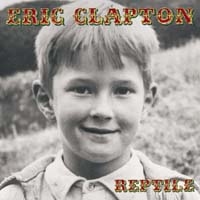
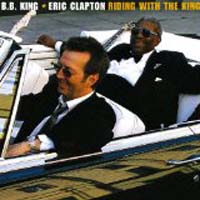
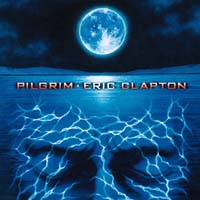

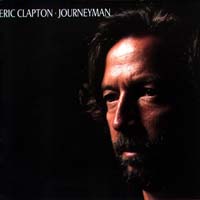


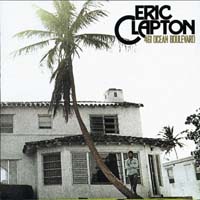

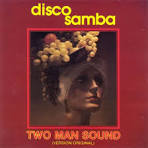
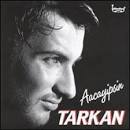






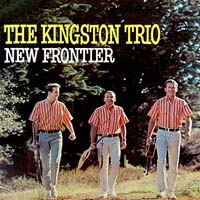




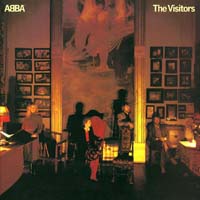

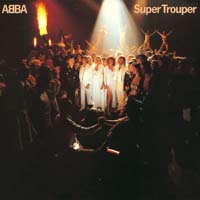

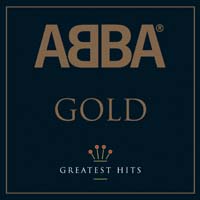






 Pop rock
Pop rock Rock
Rock Electro pop
Electro pop Kurdish Music
Kurdish Music Classical music
Classical music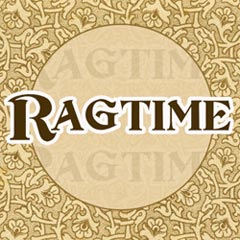 Ragtime
Ragtime Emo
Emo Minimal dub
Minimal dub Heavy metal
Heavy metal World Music
World Music The fantastic 50s music
The fantastic 50s music The very best of post grunge
The very best of post grunge Scandinavian Oregon: the danger of boredom
Scandinavian Oregon: the danger of boredom Body pump music tracklist
Body pump music tracklist The very best of hipster
The very best of hipster The war in notes
The war in notes Reality surpasses fiction
Reality surpasses fiction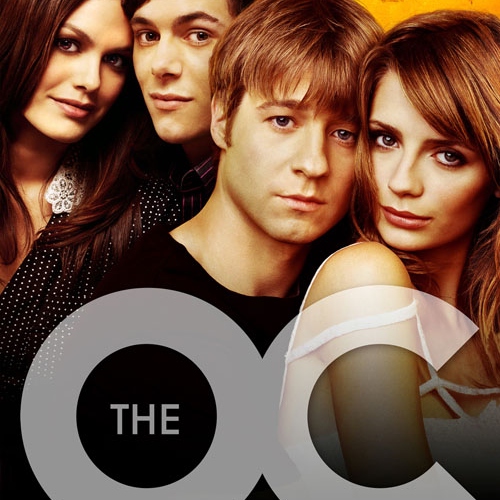 The OC Soundtrack
The OC Soundtrack The very best of salsa
The very best of salsa The very best of death metal
The very best of death metal